10 Best Things To See and Do At Roman Baths, England!
I visited Roman Baths in Bath during my holiday in London and found plenty of things to see and do here. Completed in around 76 AD, this ancient complex was once a lavish bathing complex for the Romans. Till today, it is still fed by natural underground spring water. I visited this famous tourist attraction on a day tour with the awesome Evan Evans Tours and spent about 1.5 hours here. Based on my visit, I have created a list of 10 best things to do at the Roman Baths.
1. Terrace
The Terrace is located on the second floor of Roman Baths, overlooking the Great Bath below.
It is lined with Victorian statues of prominent Roman emperors and British governors, which were carved in 1894 after archaeologists discovered the Roman Baths.
Walking around the terrace, I realised that it was actually located at street level, even though it was supposed to be the “upper level” of the baths.
Reading the information board, I learned this is because other structures were built over the Roman Baths after it fell into disuse.
Therefore, the lower level of the Roman Baths beneath the Terrace is actually four metres below street level.
2. Great Bath
The Great Bath is a large pond filled with hot spring water. It is the centrepiece of the Roman Baths.
I found the green colour of the bath to be slightly off-putting. The colour is actually due to algae growing in the pond under sunlight. The Great Bath was once indoor with much clearer water!
After the modern reopening of the Roman Baths, it was originally possible for the public to go into the Great Bath.
However, in 1978 a young girl died after contracting meningitis while swimming in the pool. After that, the public was prohibited from entering all waters of the Roman Baths.
I saw various costumed characters wandering around here, including a Roman soldier, Roman stonemasons, and a Roman lady.
I managed to take a photo with the very nice and pretty “Roman lady”!
You can find these interesting characters at the Great Bath daily from 10am to 5pm.
3. Temple Pediment
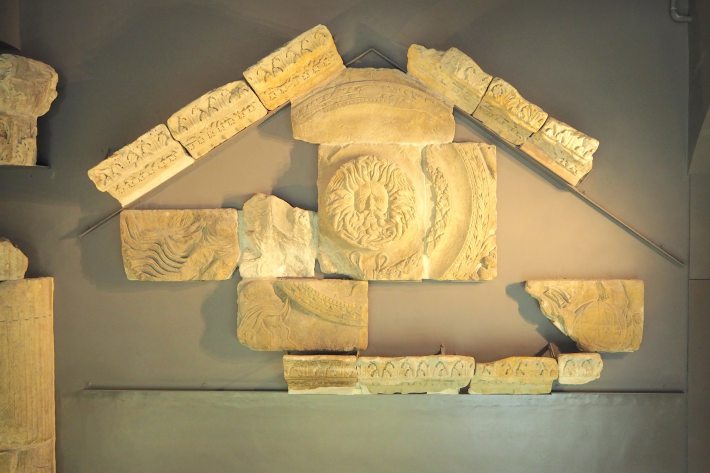
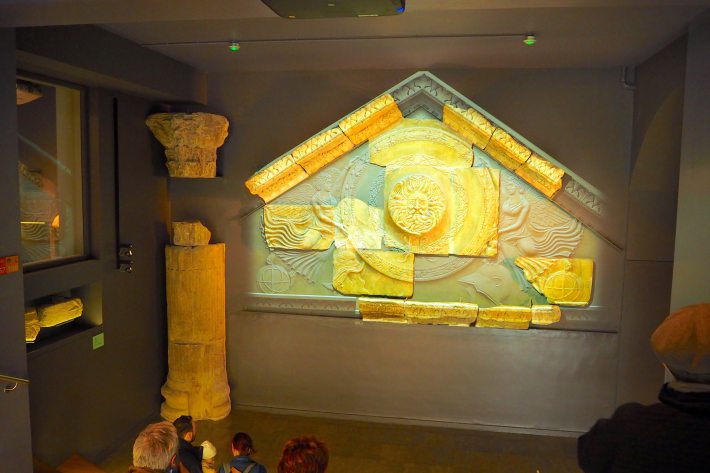
The Temple Pediment is a surviving part of an ancient Roman temple that once stood within the Roman Baths. It was built to worship the goddess Sulis Minerva.
The scary-looking face in the centre is Gorgon’s Head, a powerful representation of the Sulis Minerva.
I sat at the amphitheatre for a short while to view the free animation of the Temple Pediment, which used lighting projections to display its original state.
4. Spa Water Fountain
The Spa Water Fountain is a water dispenser that lets you drink the natural thermal spring water of the Roman Baths.
I drank a sip of the water, which was quite warm with a distinct metallic taste. To be honest, I did not think it was exactly the most pleasant drink.
5. East Baths
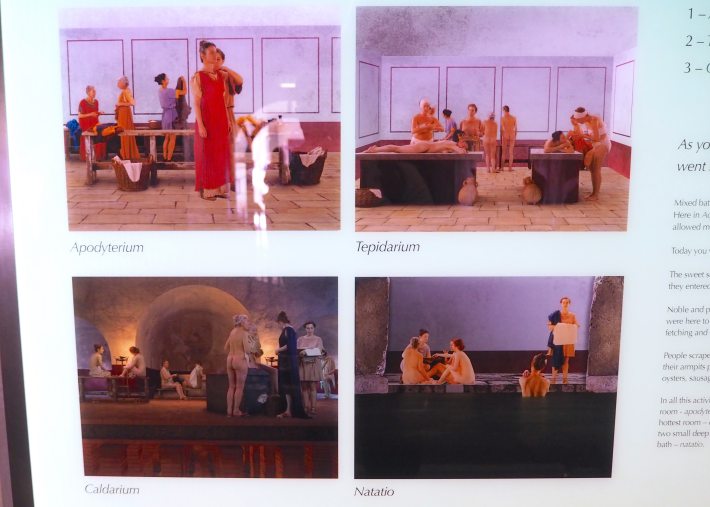
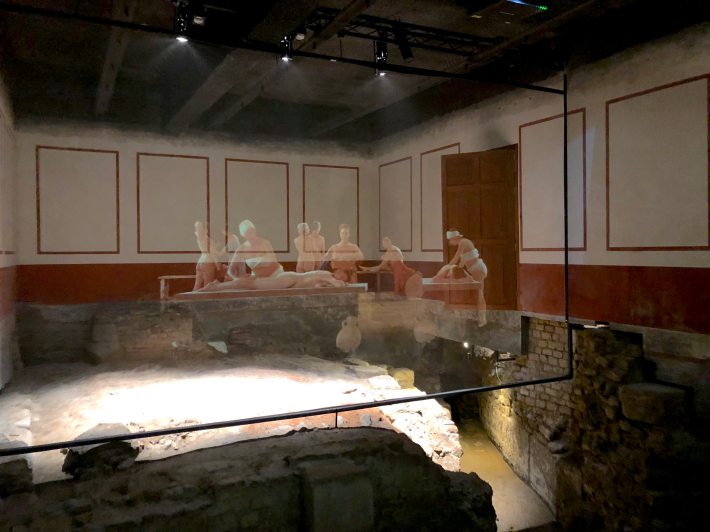
The East Baths was a bathing section of the Roman Baths reserved for women.
I found the Caldarium (Hot Room) to be quite interesting, because there were realistic digital projections of Roman ladies getting massages, getting their skin scraped, etc.
6. West Baths
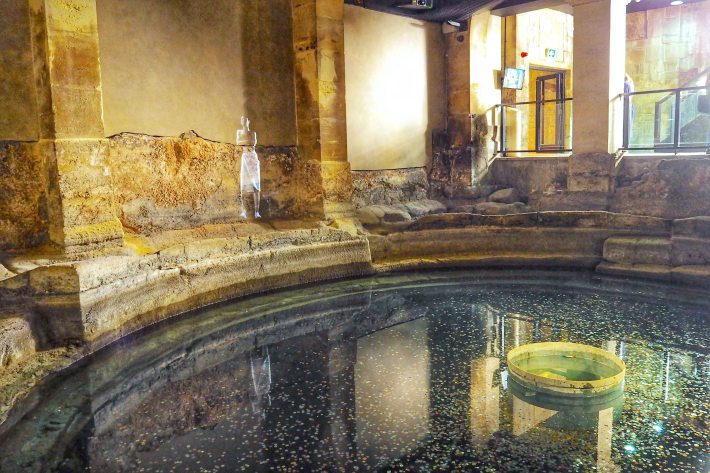
The West Baths was the bathing section reserved exclusively for men.
I saw a large circular pool that was once used as a cold plunge pool by the Romans. The water was quite clear, and I saw plenty of coins inside.
Once again, I saw digital projections of Roman bathers on the wall. It was quite amusing to see a bather shivering after getting out of the cold pool.
7. Temple Courtyard
The Temple Courtyard was a sacred space within the Roman Baths used for Roman worshippers to gather and pray.
Above the ruins, there was a projector screen showing a reconstructed animation of the courtyard, which gave me an idea of the site’s original state.
I also saw the famous gilt bronze head of Sulis Minerva here, arguably one of the most famous Roman Britain relics.
8. Sacred Spring
The Sacred Spring is the very source of thermal water in the Roman Baths!
Over one million litres of spring water rises here daily, supplying water to the rest of the complex.
I could only take photos of the spring from the side because it is not accessible by the public.
9. Spring Overflow
The Spring Overflow is a large structure that drains surplus water from the Sacred Spring.
I found it really impressive that this structure, along with the rest of the drain structure in the Roman Baths, have been functioning for almost 2000 years! This was a prime example of excellent Roman engineering.
10. People of Aquae Sulis
People of Aquae Sulis is an interesting exhibition that showcases the life of ancient Romans who lived in Aquae Sulis, the town surrounding Roman Baths.
I saw a pretty mosaic floor painted with figures of seahorses. Apparently, mosaic floors with sea beasts were commonly used designs in bathing houses.
Roman Baths Map
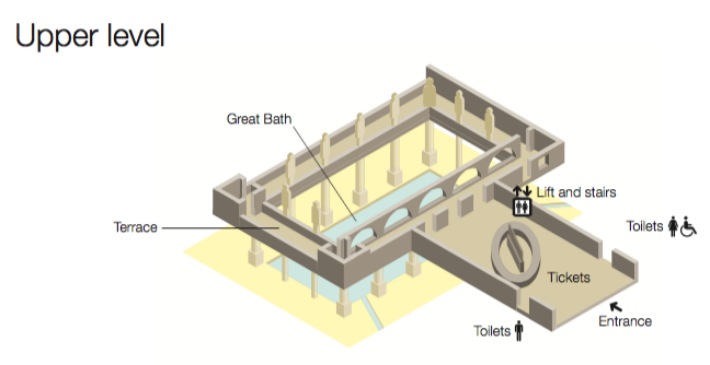
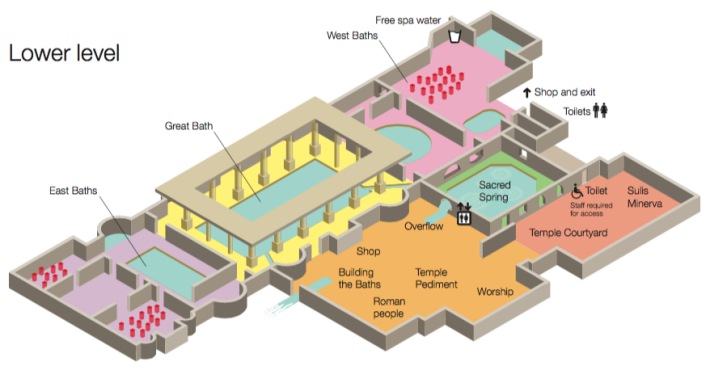
Above are maps of the Roman Baths that indicate the locations of the various attractions and exhibits mentioned in this article.

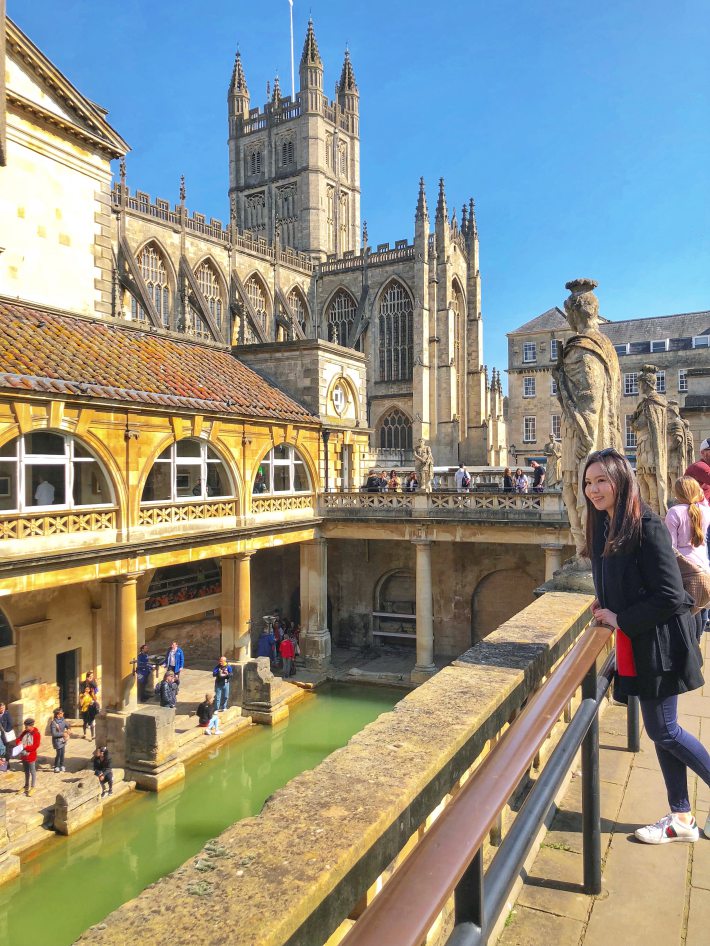
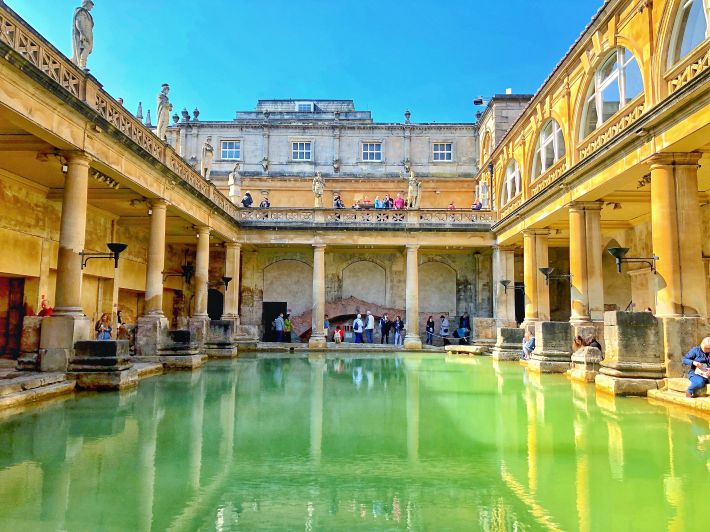
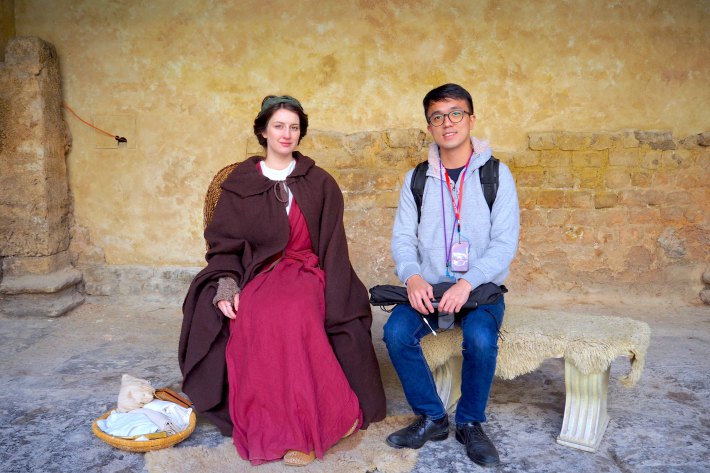
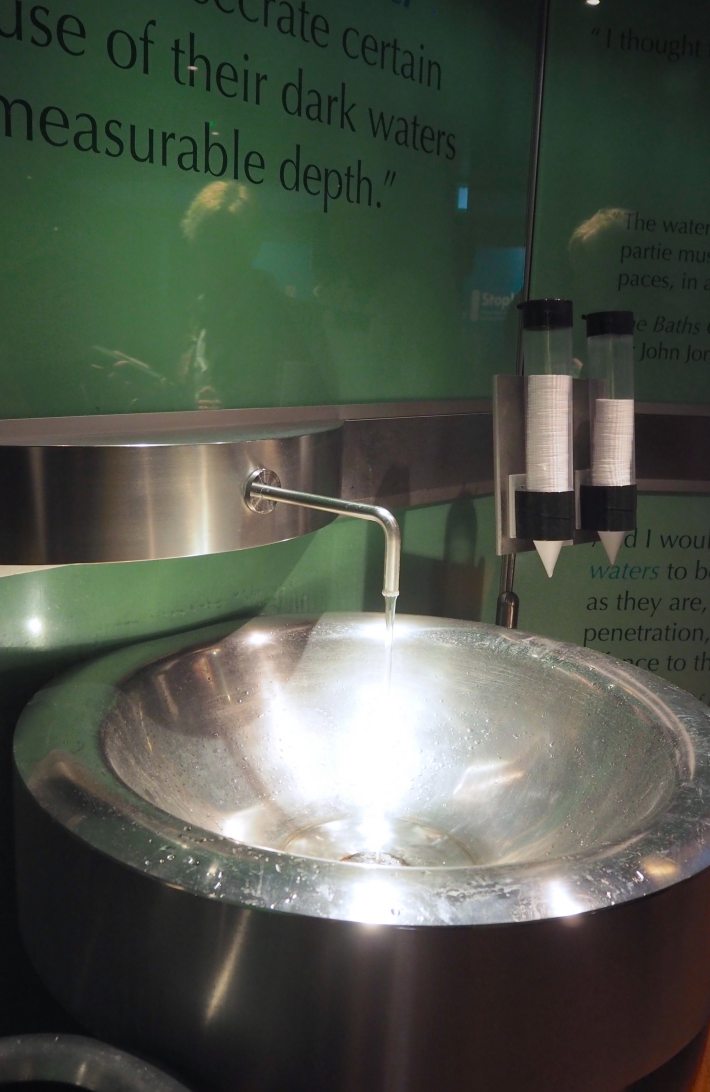
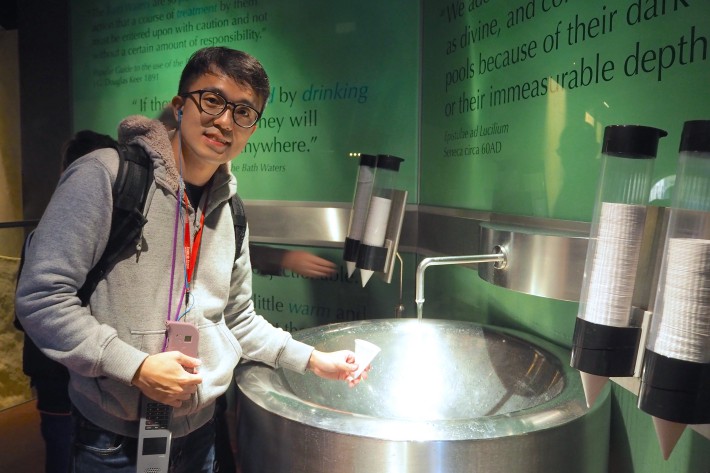
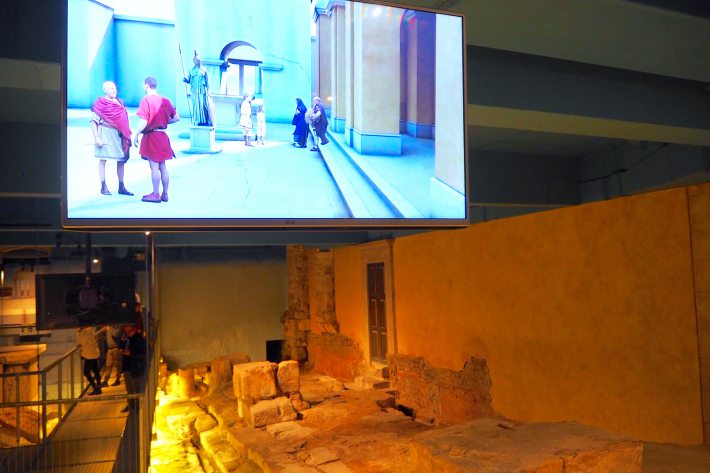
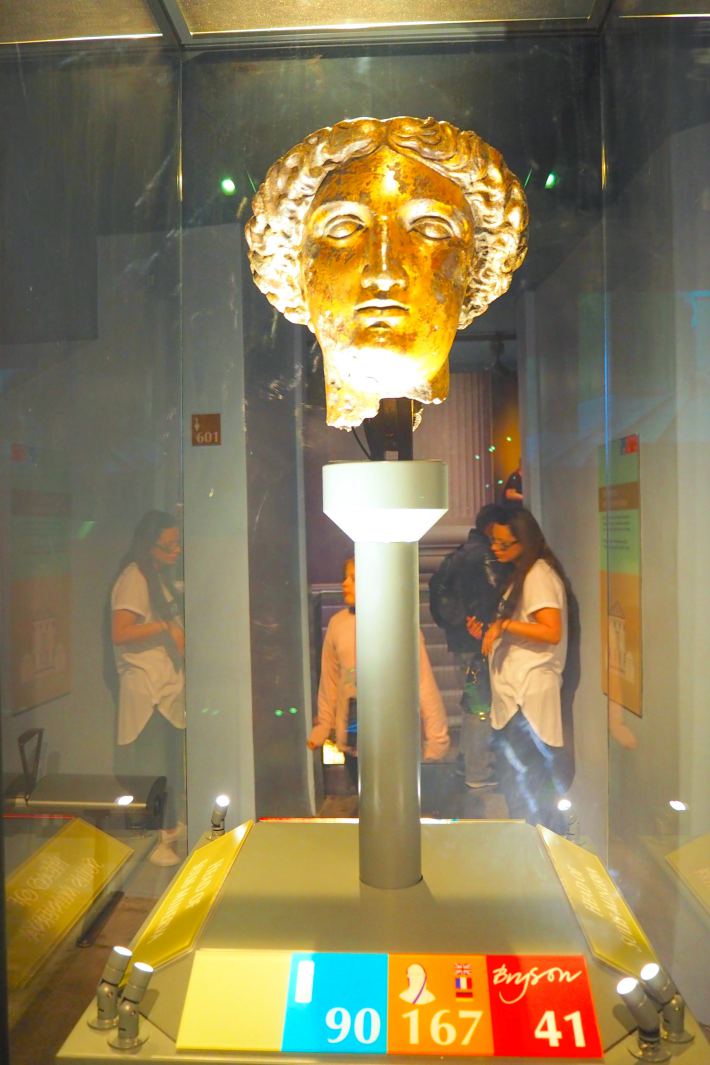
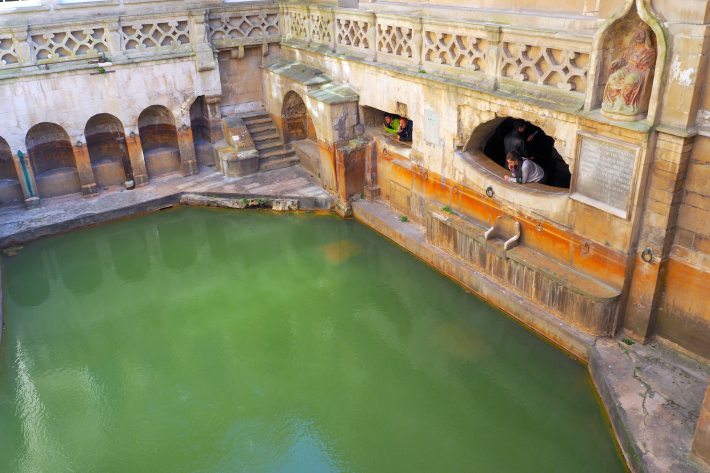
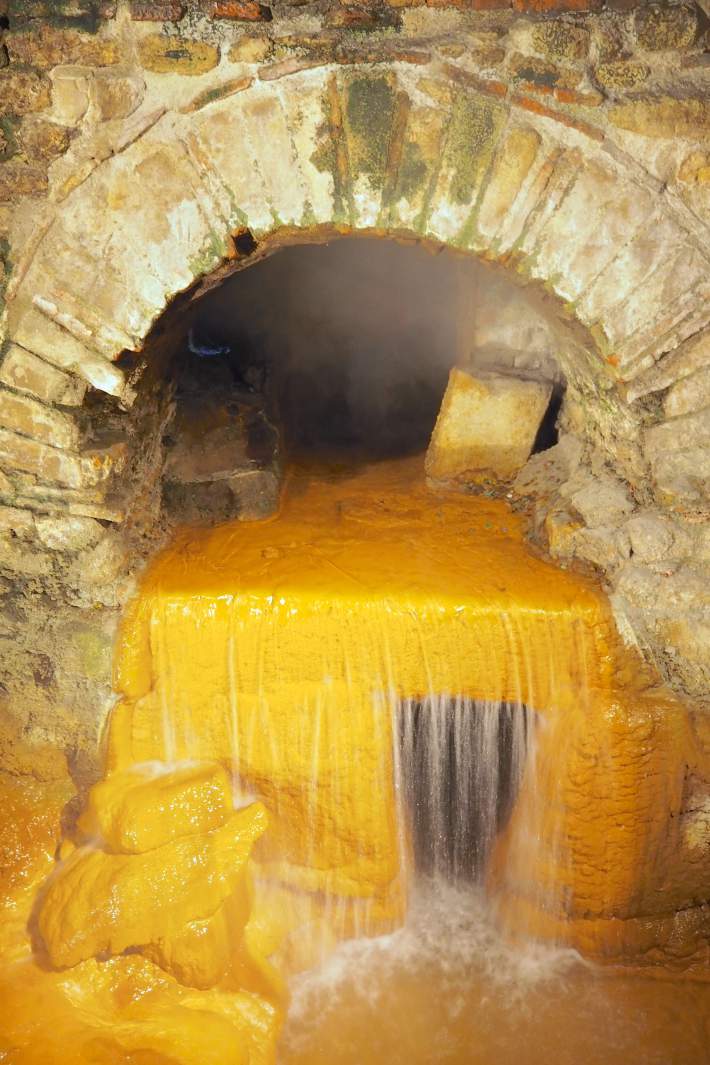
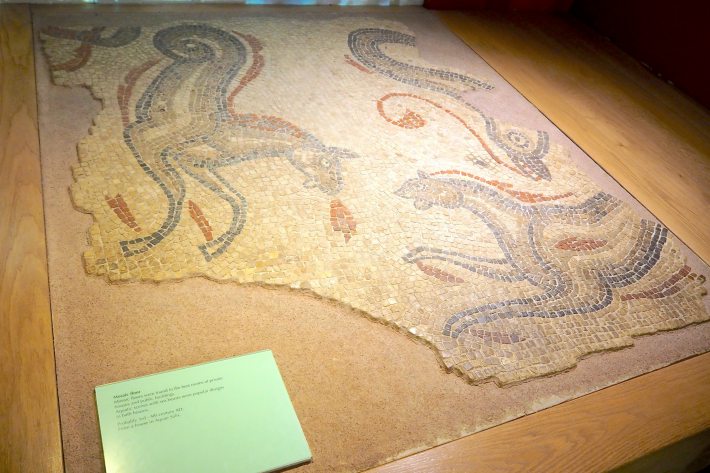
No comments yet